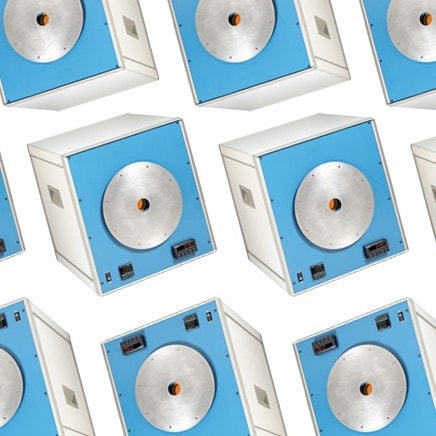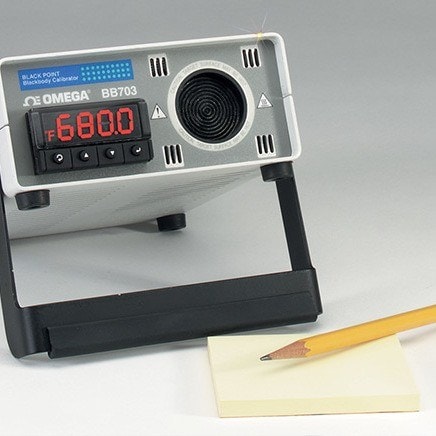Flexibility, safety, and ease-of-use were at the top of the list of requirements when a chemical manufacturer was looking for temperature converters for a mixing station re-design project. Today the temperature converters like DRST-FR at the mixing station can be read and configured in a safe, fast and easy way on-site - instead of using a remotely placed PC.
Need for a Re-Design of a Mixing Station’s Electrical Setup
In 2014 a member of the maintenance team at the facility decided to re-design the electrical setup of a mixing station located in an Ex-area. The station is used for test production and simulation as well as for training purposes.
The goal was to get a more flexible setup adding local easy-to-read indication and fast programming to temperature converters connected to the sensors monitoring the pumps and mixers without compromising on the accuracy and robustness of the device.
For this application the maintenance team needed a temperature converter that was easy to install and program on-site; solved by using the detachable display that can be snapped onto the front of the device.
The finished installation consisted of twenty-five converters like DRST series mounted on DIN rail and power rail and twenty-five detachable displays. The converter and the display is SIL 2 certified and fully assessed according to IEC 61508.
The solution is simple and yet flexible as the modules can be easily be installed on it or removed from it – a solution that is safe to work with. With the display on the front of the devices, maintenance staff can read the sensor data, see if a sensor is not performing as expected, configure the converters, and much more.
The new setup has performed as expected and has made it possible to work safely with the installation on-site instead of remotely from a PC. Easy and Accurate Calibration
The temperature/mA converter like DRST series offers easy and accurate calibration on-site using the programming front – i.e. without using any external calibrators or a PC.
The device can be process-calibrated at 2 points to fit a given input signal. A low input signal (not necessarily 0%) is applied and the actual value is entered. Then a high signal (not necessarily 100%) is applied and the actual value is entered. When the user chooses to use the calibration, the device will work according to this new adjustment.
If the user later rejects this menu point or chooses another type of input signal the device will return to factory calibration.
The user can also save the calibration for backup purposes using the ConfigMate which can operate as a docking station for the programming front - allowing the programming front to be connected to a PC and the software. Once saved to a PC the calibration settings can be printed as well. Faster Calibration with the New Set-Up
TAfter the installation the maintenance team noticed that using the detachable displays Like DRSL-DISPLAY when calibrating saved them a considerable amount of time compared to the previous set-up and ‘old’ way to calibrate.

